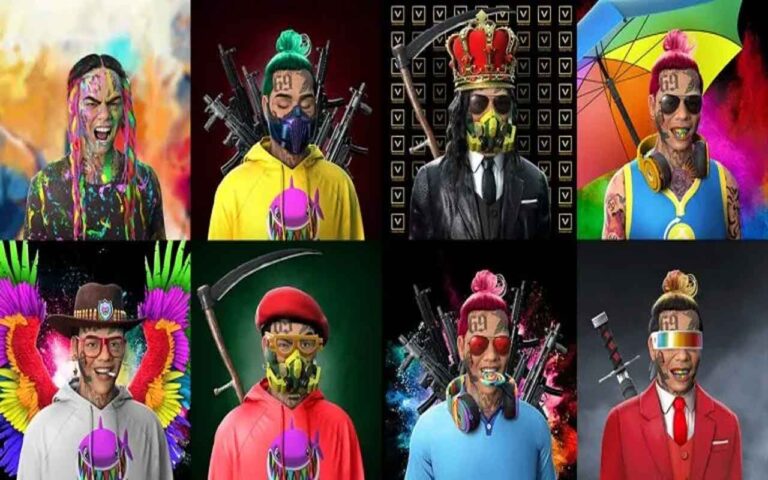Non-fungible tokens (NFTs) have exploded beyond just digital art collectibles into a variety of utility and ownership applications powered by blockchain technology. While artwork makes up the bulk of NFTs today, categories like metaverse assets, gaming NFTs, fractionalized property, and more exemplify the evolution and expanding utility of NFTs. As adoption spreads, NFTs are providing provable digital ownership, community benefits, new creator economies, and immersive experiences across virtual and real worlds.
Different Types of NFts
While highly-valued art and collectibles lead the NFT market, gaming assets, virtual real estate, fractional ownership, music, domain names, sports highlights, and utility tokens exemplify NFTs’ expanding scope. Enabled by blockchain’s verifiable scarcity, NFT applications now span industries from art to ticketing. But rare prestige art still dominates valuations currently.
1. Art NFTs
Digital artworks make up the bulk of NFTs, ranging from pixel art to 3D visuals. Iconic projects like CryptoPunks and Bored Apes function as digital pop culture collectibles, with the rarest pieces selling for millions based on prestige and demand. NFTs provide provenance for digital art and give artists a new means to monetize and engage with collectors.
- Digital art NFTs include collectibles, metaverse assets, profile pictures, collaborative artworks, AI-generated art, tokenized real-world art, and more.
- Leading art NFT marketplaces include OpenSea, Rarible, SuperRare, Foundation, and Nifty Gateway.
- Beeple, Pak, Trevor Jones, Fvckrender, XCOPY, Hackatao, and Dmitri Cherniak are influential cryptoart creators.
Read More: NFT Art Tips
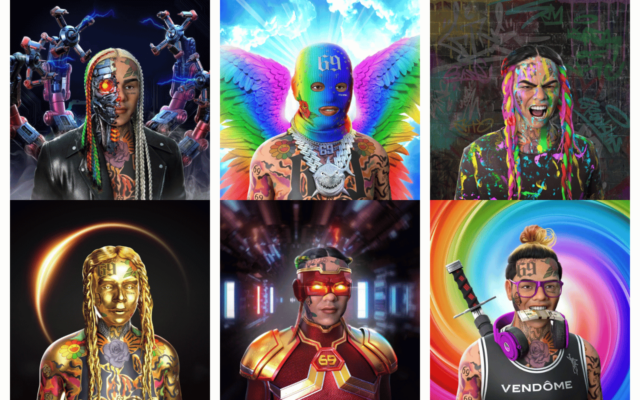
2. Collectibles NFTs
Collectibles like CryptoPunks and Bored Apes are a subset of art NFTs that are sought after specifically as digital memorabilia. Their rarity and association with status drive the high values for these prestigious NFTs that also grant community access.
- CryptoPunks, Bored Apes, VeeFriends, Cool Cats, Autoglyphs, and Moonbirds are leading collections.
- NFT traits, rarity, commercial rights, and roadmaps determine valuations.
- Discord communities, insider access, and flexing online status drive demand.
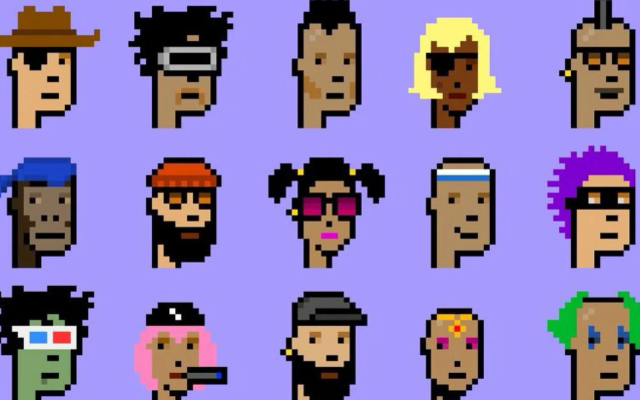
3. Metaverse NFTs
In metaverse worlds like Decentraland, virtual land, and avatars are sold as NFTs. These enable owners to create experiences, connect, and earn income through the new digital economies enabled by blockchain virtual worlds.
- Virtual land, avatars, wearables, names, buildings, vehicles, billboards, etc. enable metaverse participation.
- The Sandbox, Decentraland, and Cryptovoxels have thriving metaverse economies.
- Brands like Adidas, Gucci, and Snoop Dogg are moving into metaverse worlds.
4. Utility NFTs
Some NFTs provide utility like special access, rights, and privileges based on token holdings. These membership NFTs grant governance powers, event invites, discounts, and other benefits tied to specific projects.
- Holding tokens like $YGG offer governance powers and $VEE grants community access.
- Future utility cases involve tickets, licenses, certifications, and more.
- Utility skeptics question whether benefits warrant high valuations.
5. Fractional NFTs
Fractional NFTs represent partial ownership of an asset, allowing many investors to own shares of major assets like property and fine art. This provides exposure to high-value items previously inaccessible to most.
- Platforms like Fractional.art, Masterworks, and PartyBid allow shared ownership.
- Fractionalized assets include property, sports memorabilia, and fine artworks.
- Critics point to regulatory uncertainty for fractional NFTs.
6. Gaming NFTs
Gaming NFTs are in-game assets like characters, skins, weapons, etc., that players truly own via blockchain. A character design studio can bring value outside games, empowering player agency and ownership through designing gaming NFTs.
- In-game assets can be freely traded between players in marketplaces.
- Popular gaming NFTs come from Axie Infinity, The Sandbox, and Gods Unchained.
- Critics dislike “play to earn” gaming, turning leisure into work.
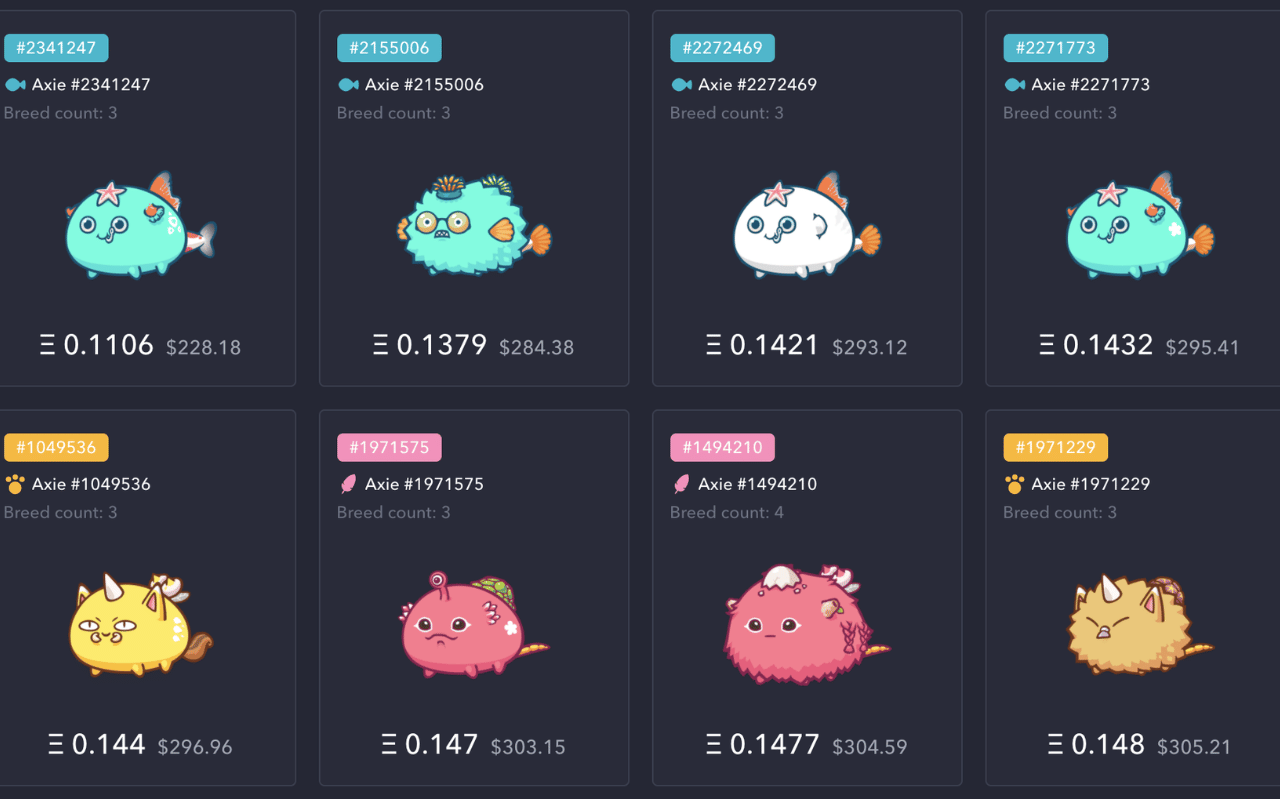
7. Metaverse Land NFTs
Virtual land sold in metaverse environments like The Sandbox and Decentraland are prime real estate NFTs. Owners can build experiences, rent ad space, and monetize in creative ways.
- Virtual land can be bought in Decentraland and The Sandbox to host events, ads, and buildings.
- Land nearer community hubs is most covetable and expensive.
- Questions remain about the true utility and value retention of metaverse land.
8. Domain Name NFTs
Crypto domain names like .crypto and .eth NFTs enable identity, branding, web3 community building, and business opportunities on the blockchain.
- ENS domains like jane.eth replace crypto wallet addresses with human-readable names.
- Domains ending in .nft, .dao, .coin, etc denote web3 community membership.
- Speculators squat on domains, hoping to resell them at a profit.
9. Meme NFTs
Viral meme images get immortalized on blockchain by creators as collectible NFTs, capturing cultural moments and conversations.
Viral meme images get memorialized on blockchain as collectibles capturing cultural zeitgeists.
- Projects like Nyan Cat, Doge Pound, and Lil Pudgys capitalize on trending jokes and dialogues.
- Meme format repetitiveness leads critics to see meme NFTs as low-effort grabs.
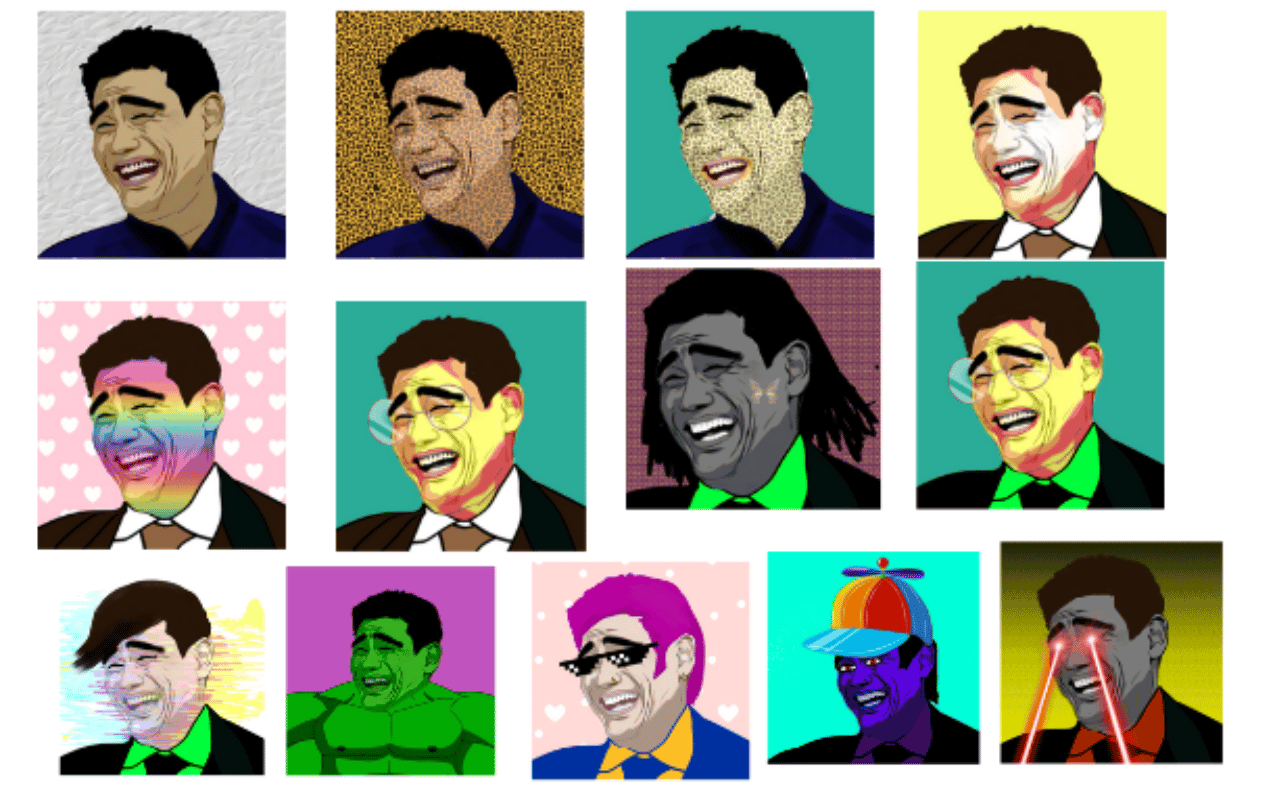
10. Music NFTs
An NFT design agency presents a new model for artists to engage fans and monetize work directly, with music NFTs representing songs, albums, and other audio.
- Artists can sell songs, albums, remix stems, and exclusive content directly to fans.
- Music NFTs provide provable scarcity, royalty automation, and deeper engagement.
- Mainstream adoption still faces challenges around metadata portability.
The Most Successful Active NFT Projects
Let’s take a look at some of the most successful NFT projects that are worth keeping an eye on:
Crypto - kitties
Crypto Kitties is a blockchain-based game on the Ethereum network developed by Dapper Labs. Crypto Kitties allows players to purchase virtual cats, collect collections, process them, and sell them at the end.
Crypto Kitties uses a system called Genetic Algorithm (GA) to create new cats. The genetic algorithm is similar to the actual genetic inheritance function in humans. This algorithm transfer features such as background, stripes, skin patterns, and facial expressions to the kittens. This algorithm generates the features of each new kitten using the features of its two parent cats.
The first cat of this game was created in December 2017. By November 2018, the production of generation zero cats was completed. After that, generation zero cats reproduce and produce new cats. The characteristics of each new cat are determined based on its parents as random as mutations. This process leads to the creation of fancy and valuable cats.
Decentraland
Decentraland is a virtual world managed by its users. Every piece of land and every other item in this virtual land is a non-fungible token (NFT).
Axie Infinity
So far, statistics show that Oxy Infinity has been one of the most successful NFT projects. This project sold more than 2.4 billion dollars until October 13, 2021. Other non-traditional tokens are collectibles that are valued based on rarity alone. However, the Oxy Infinity game offers “OXYs” to its users. They can also be used to earn coins in an immersive game.
CryptoPunks
CryptoPunks is one of the oldest NFT projects. Larva Labs launched this series in June 2017. A collection of 10,000 unique characters designed in 8-bit style. In April 2021, 9 CryptoPunks in a collection were auctioned and sold for $16.9 million.
Final Words
In conclusion, NFTs have rapidly progressed from their beginnings primarily as blockchain-backed artwork to representing a multitude of digital assets, utilities, and experiences. While prestigious art collections like Bored Apes and CryptoPunks still command the highest valuations due to their culture-defining status, gaming, metaverses, fractionalized assets, and new categories continue to develop. NFTs enable verifiable digital ownership and exchange across industries from art to ticketing to licensing. Despite some skepticism around valuation and environmental impact, NFTs are cementing blockchain’s role in powering owning economies, deeper community engagement, and experiences traversing virtual and physical realms. The possibilities remain vast for this nascent technology.
